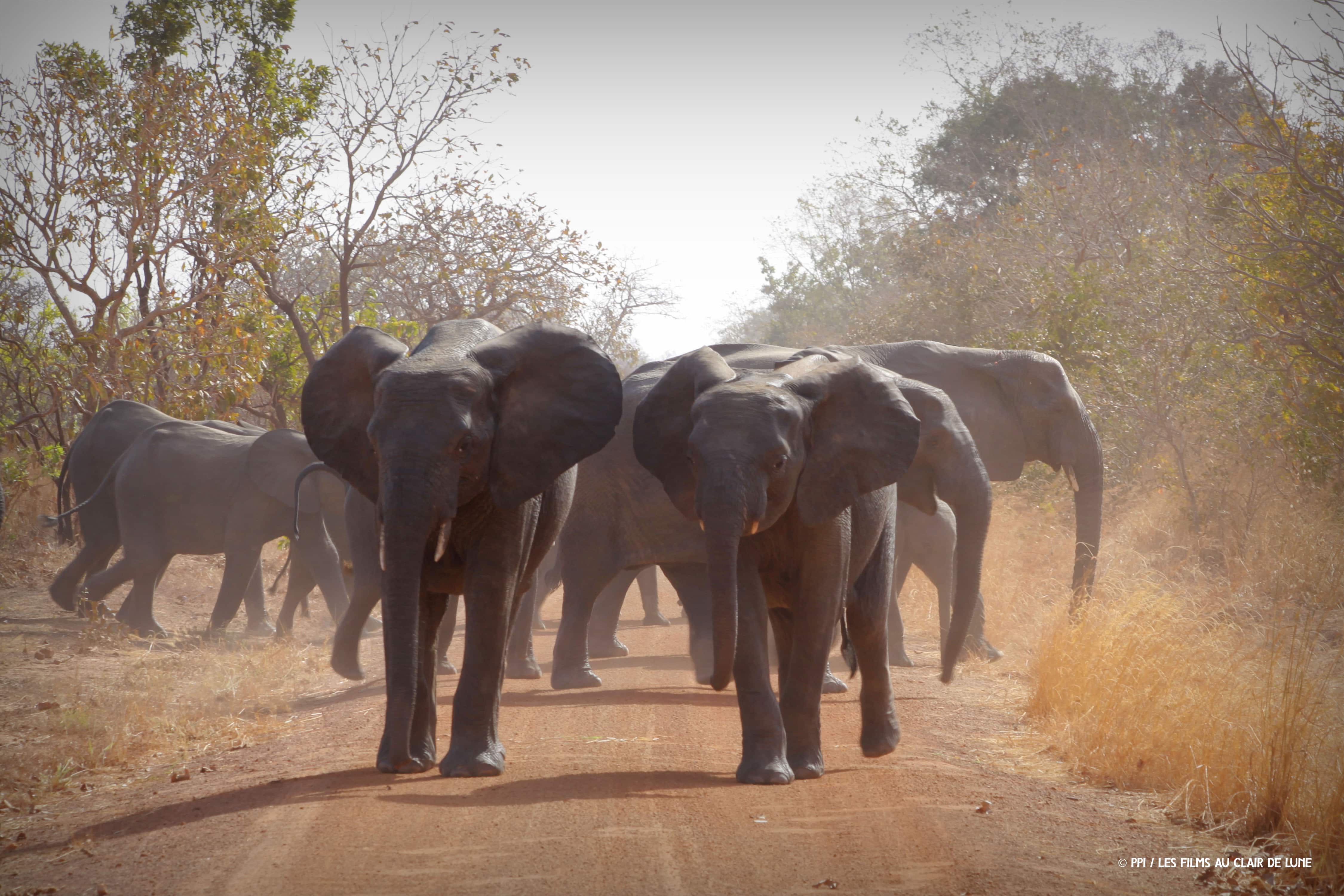- Territorial governance improvment
- Bénéficiaire AGEREF/CL - Association de gestion des ressources naturelles et de la faune de la Comoé-Léraba
- Montant du projet 143 348 €
- Subventions FFEM 71 506 €
-
État du projet en cours
The project implementation site is located in western Burkina Faso, in the Cascades region, in the Comoé Province and specifically in the communes of Bérégadougou and Niangoloko. The project concerns four protected areas, namely the Classified Forest and Partial Wildlife Reserve of Comoé-Léraba, the Classified Forest of Niangoloko, the Communal Forest of Fabédougou and the Communal Forest of Séréfédougou.
The project intervention area is, nowadays, faced with three major conservation and development issues. These are:
- The consolidation of achievements, the increase in the number and surface area of protected areas as well as the construction of a network of protected areas at the territorial level;
- The conservation of rare and threatened biodiversity, in particular the African savannah elephant (Loxodanta africana), an emblematic species, classified as “Endangered” on the IUCN red list of threatened species (March 2021) ;
- The integration of the conservation of natural resources in local planning and budgeting with a view to making it a lever for promoting local development and adapting to climate change. The other protected areas of Burkina Faso, such as the Comoé-Léraba Classified Forest and Partial Wildlife Reserve, the Niangoloko Classified Forest, and the Fabédougou and Séréfédougou Communal Forests, are subject to a process of degradation and erosion.
The erosion of their biodiversity is due to illegal anthropogenic actions, in particular the occupation by herds of domestic animals in search of pasture and water, accompanied by often irreversible mutilation of trees, the uncontrolled practice of bush fires, the practice of gold panning, the insecurity due to the occupation by armed terrorist groups and the environmental crime. The shared natural resource management and governance model developed by AGEREF/CL and the partner municipalities since 2012 contributes to mitigating habitat and wildlife degradation and improving eco-goods and services systems of these protected areas.
The increase in the frequentation of these sites by pachyderms in recent years bears witness to this. Indeed, the elephantine population that frequents the 2 protected areas is estimated today between 45 and 60 individuals.
The elephant population present in this area moves back and forth between the two regions, sometimes causing damage and subsequent human-elephant conflicts. This program aims to set up a shared Human-Elephant space in order to promote sustainable management, and to establish an ecological continuum between the two regions (about 105 km) conducive to the conservation of the elephant, emblematic species, which needs large spaces for its survival while constituting an opportunity to promote socio-economic activities (sustainable development of NWFPs whose potential is significant and not yet valued, tourism, crafts, cultural activities, hotels , catering, petty trade, etc.) for the benefit of the populations.
